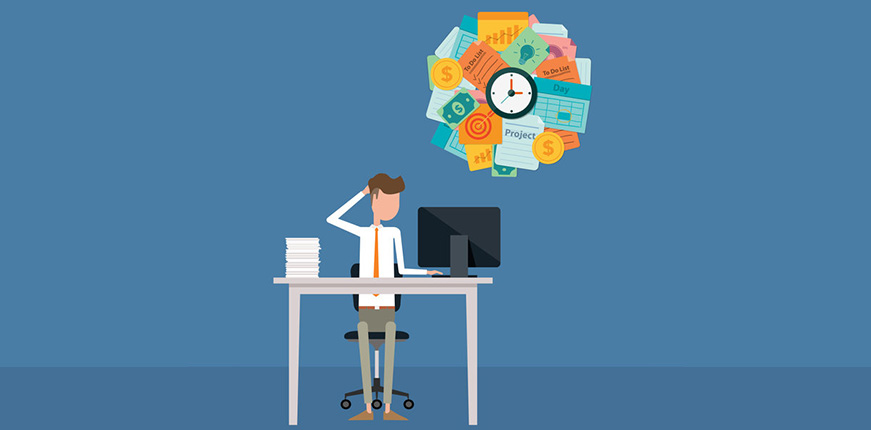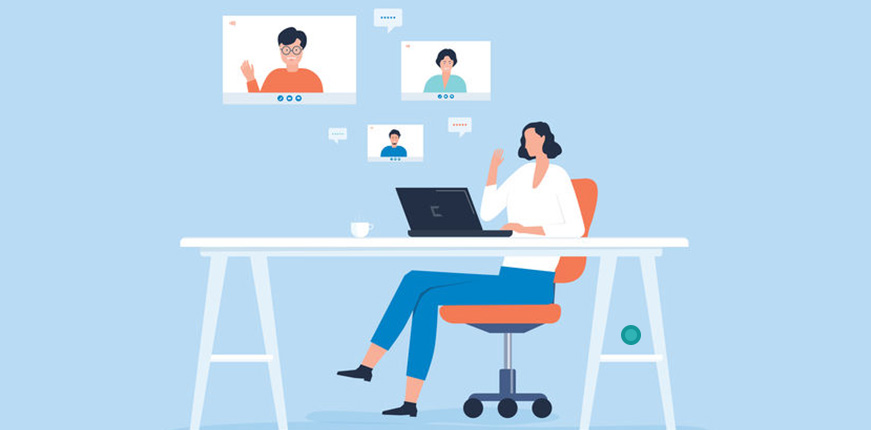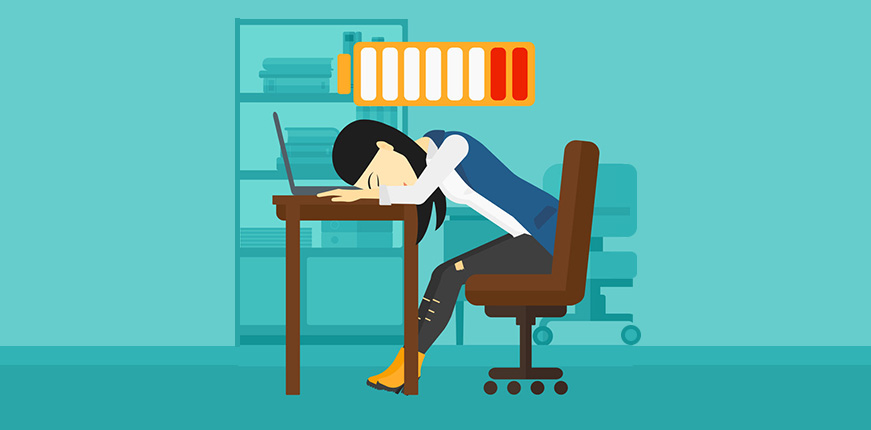In my corporate days, I wished for one of those offices like on the TV shows – cool sleek glass, designer furniture and very, very shiny. Most of my offices were woeful places. Hulking concrete containers ripped bare of individual offices and replaced with rows and rows of desks and beige. Noisy, distracting and unproductive.
I went to the office five days a week (and sometimes even six) not because it was a pleasant or productive place but to meet the team and work together. It was my live social network, a community of people- some times a team working towards a common goal. Also, I went because that was what was expected.
Since leaving the corporate hamster wheel I’ve been working from home for five and a half years before WFH was even an abbreviation. After 6 months of working from my home office, I knew I couldn’t go back. Now I hear so many people saying “I’m never going back to the office”.
Most companies are realising that post-COVID lockdown they’re not going to get everyone back five days a week. Their pockets light up as they realise they could save buckets on real estate costs. So they’re offering the flexibility for people to have a hybrid model of working of WFH or in the office. What will that mean for collaboration? What about focused deep work?
So what’s an office for?
So what will you do? Perhaps you’ll work at home when you want to get something done, work in the office when you want to meet people. But will it be that simple? Can’t we have workplaces that let us be both focused and collaborative?
Recently I spoke with two workplace designers from different ends of the world. Susan Somerville, Environmental Psychologist in New Zealand, and Jonas Westerlund, at that time, was designing Volvo’s workspaces in Gothenburg Sweden. Both had surprisingly close views despite being physically miles apart.
Workspaces have multiple functions, 21 in the Leesman Index according to Westerlund, simplified down to 4 by Somerville
- Deep focused individual work
- Learning collectively and individually
- Collaboration (often disguised as meetings)
- Socializing, relaxing and taking a break
Well-designed workspaces allow people to do all of these functions, letting them choose the space where they can work most effectively. Called Activity Based Working (ABW) people have the choice of spaces from quiet areas where they can focus, to large conference rooms to host customer meetings, or a café style booth for a casual catch up with colleagues. The furniture and furnishing support the purpose and energy of the space.
“So it’s an office utopia with a diversity of spaces to meet the diversity of people’s needs and cognitive style?” I naively ask. “Not necessarily..” says the psychologist Somerville ”..we are territorial animals and ABW usually means losing our personal space….” The competition is on to get in early to bag your favourite seat and hold it for the day. Westerlund also points out that it hard for teams to sit together, so losing the team culture. Space might be flexible but the way people use means a loss of community and teamwork.
Spaces where people want to come to work
So ABW is not yet office utopia, but a step towards it. In the post-COVID world, where people will have the choice of where they work, work environments need an overhaul. And not meaning my former dream of sleek glass, designer furniture and good coffee. Rather a choice of spaces allowing people to focus, learn, collaborate and socialize. Not necessarily all at the same time, but when they need to during different parts of the day.
What an office does offer, that WFH never can, is socialization and collaboration. And this is what’s needed for organisations to build teams and community ie the “glue” that helps people stick together and work towards a common goal. My prediction is – in a post-COVID era that the office must become a place that people want to come to work when people no longer have to come work.
Predictions are easy, getting them right is hard. What do you think the office of the post-COVID era will look like? Drop me a line.


